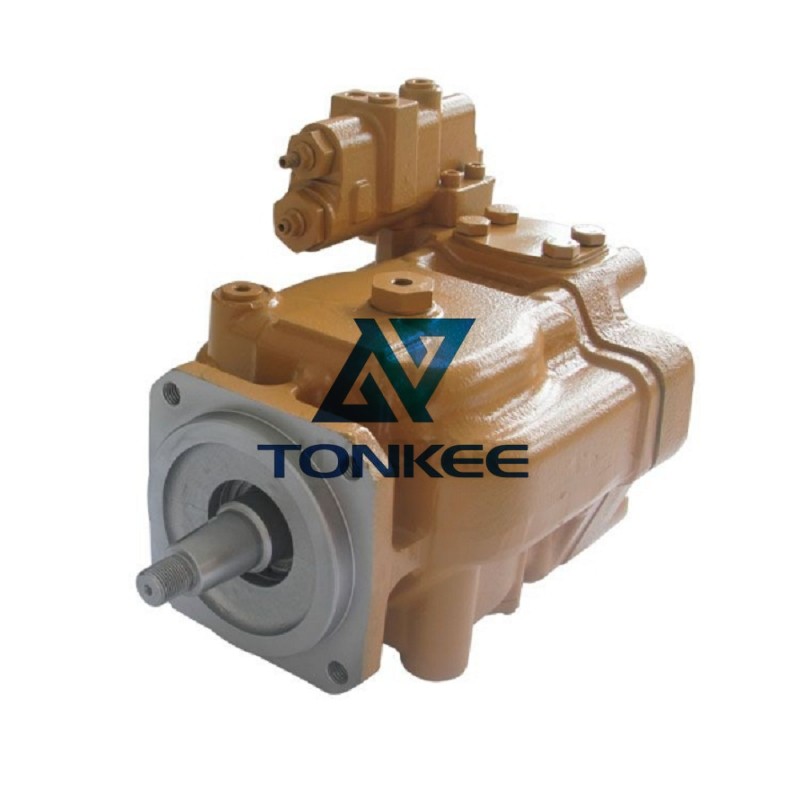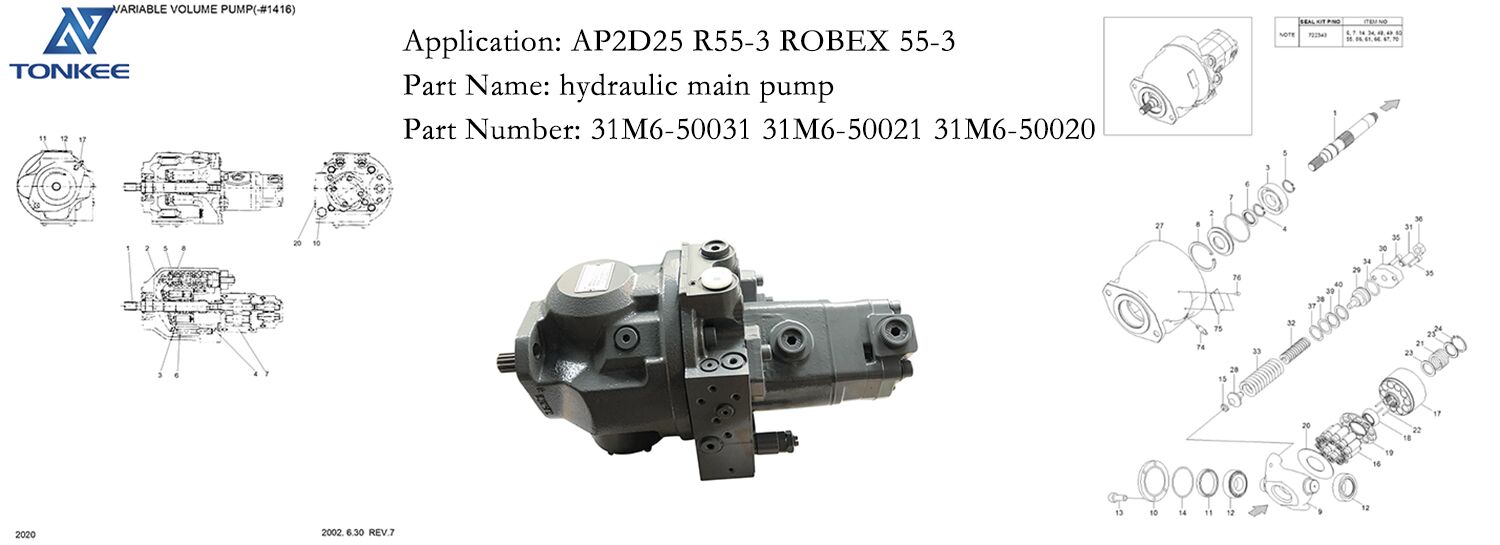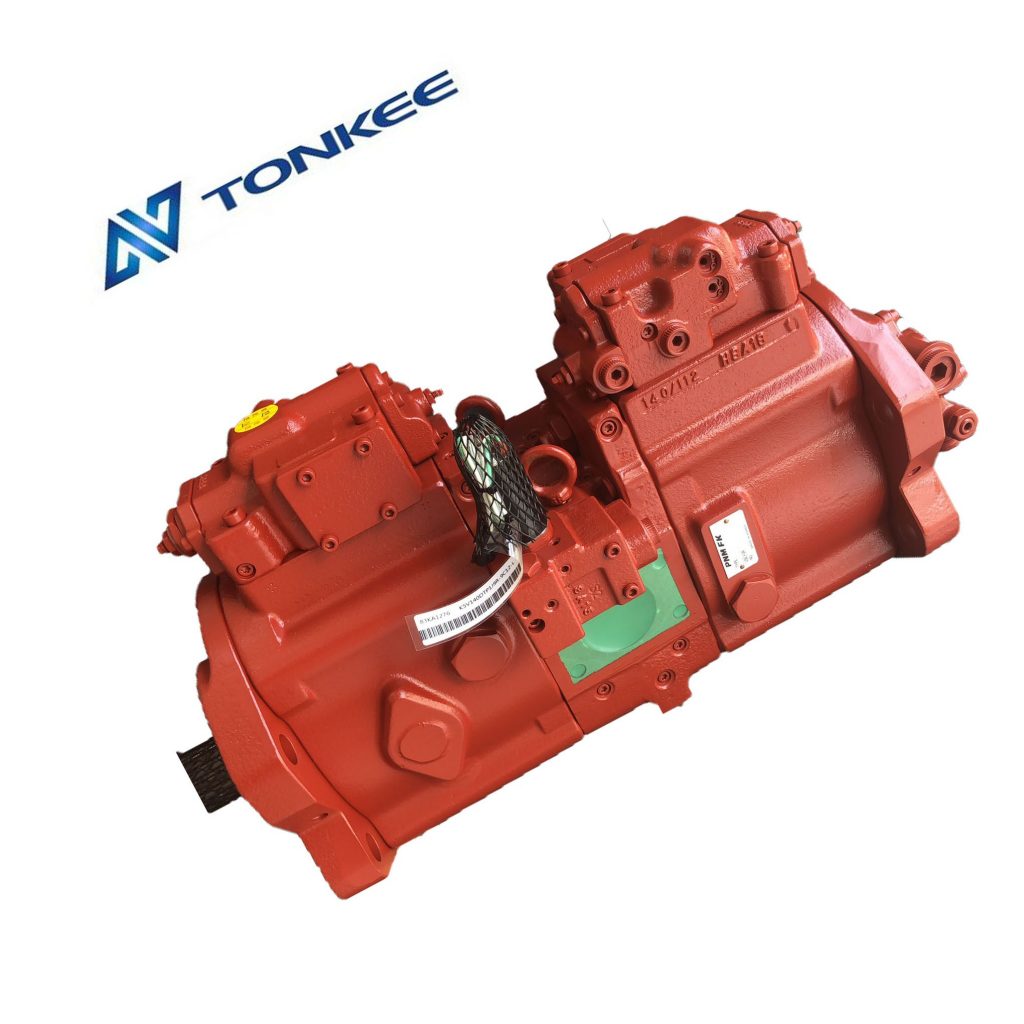
Piston: The heart of the pump, the piston, is a cylindrical rod that moves within a cylinder to create the necessary pressure to move the fluid.
The piston is typically made from durable materials such as stainless steel or ceramic, ensuring longevity and resistance to corrosion.
Cylinder: The piston moves within a cylinder, creating a sealed chamber where fluid is drawn in and pushed out. Cylinders are commonly constructed from materials like aluminum or stainless steel, chosen for their strength and durability.
Valves: Valves are essential for controlling the flow of fluids. The 1078136 piston pump typically features inlet and outlet valves, allowing fluids to enter and exit the pump at the right times. These valves are designed to prevent backflow and ensure efficient pumping.
Seals: Seals are crucial to maintaining a tight, leak-free system.
High-quality seals, often made from rubber or elastomeric materials, help maintain pressure and prevent fluid leakage.
Operation:
The operation of the 1078136 piston pump can be summarized in the following steps:
Intake: The piston begins by retracting within the cylinder, creating a low-pressure area that draws in the fluid from an external source, such as a reservoir or tank.
Compression: The piston then moves in the opposite direction, compressing the fluid within the cylinder. This action pressurizes the fluid, making it ready for discharge.
Discharge: The pressurized fluid is forced out of the pump through the outlet valve and into the system or application where it is needed.
Valve Operation: The inlet and outlet valves are critical in ensuring that fluid only flows in one direction, preventing backflow and maintaining efficient pumping.



 English
English Русский язык
Русский язык





